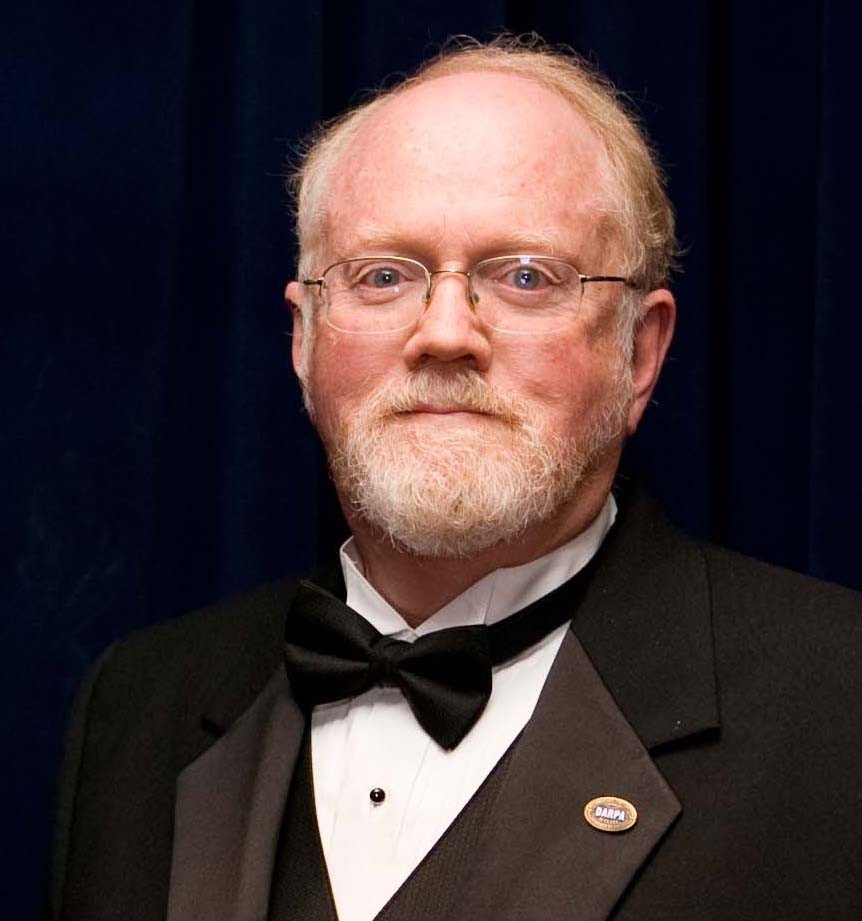 Biography: Dr Mark E. Davis has over 50 years’ experience in Radar technology and systems development. He has held senior management positions in the Defense Advanced Research Projects Agency (DARPA), Air Force Research Laboratory, and General Electric Aerospace. At DARPA, he was the program manager on both the foliage penetration (FOPEN) radar advanced development program and the GeoSAR foliage penetration mapping radar. Dr Davis wrote the text ”Foliage Penetration Radar – Detection and Characterization of Objects Under Trees”, published by Scitech Raleigh NC in March 2011, His education includes a PhD in Physics from The Ohio State University, and Bachelor and Masters Degrees in Electrical Engineering from Syracuse University. He is a Life Fellow of both the IEEE and Military Sensing Symposia, and a member of the Board of Governors, VP Conferences, and past-Chair the Radar Systems Panel of the IEEE Aerospace Electronics Systems Society. He is the 2011 recipient of the AESS Warren D White Award for Excellence in Radar Engineering, and the 2018 IEEE Dennis J. Pickard Medal for Radar Technologies and Applications.
Biography: Dr Mark E. Davis has over 50 years’ experience in Radar technology and systems development. He has held senior management positions in the Defense Advanced Research Projects Agency (DARPA), Air Force Research Laboratory, and General Electric Aerospace. At DARPA, he was the program manager on both the foliage penetration (FOPEN) radar advanced development program and the GeoSAR foliage penetration mapping radar. Dr Davis wrote the text ”Foliage Penetration Radar – Detection and Characterization of Objects Under Trees”, published by Scitech Raleigh NC in March 2011, His education includes a PhD in Physics from The Ohio State University, and Bachelor and Masters Degrees in Electrical Engineering from Syracuse University. He is a Life Fellow of both the IEEE and Military Sensing Symposia, and a member of the Board of Governors, VP Conferences, and past-Chair the Radar Systems Panel of the IEEE Aerospace Electronics Systems Society. He is the 2011 recipient of the AESS Warren D White Award for Excellence in Radar Engineering, and the 2018 IEEE Dennis J. Pickard Medal for Radar Technologies and Applications.Title: Ultra Wide Band Surveillance Radar
Abstract: Ultra Wide Band Surveillance Radar is an emerging technology for detecting and characterizing targets and cultural features for military and geosciences applications. To characterize objects near and under severe clutter, it is necessary to have fine range and cross range resolution. The resultant wide bandwidth classifies the systems as ultra wideband, requiring special treatment in frequency allocation. This Tutorial is divided into four parts.
The early history of Battlefield Surveillance Radar: battlefield surveillance from manned and unmanned aircraft, along with early experiments in foliage penetration are covered. There were some very interesting developments in radar technology that enabled our ability to detect fixed and moving objects under dense foliage. Examples of airborne phased array antennas and UWB radars will be summarized.
UWB Frequency Allocation Process: The current US regulations on UWB spectral design, along with the need for frequency avoidance will be covered. With the characterization of UWB, it is necessary to tailor the transmit pulses to avoid sensitive emergency and communications receivers. Particular note will be taken on the benefits and difficulties in designing these ultra-wideband (UWB) systems, and operation in real world electromagnetic environments.
UWB Synthetic Aperture Radar (SAR) A brief description of several UWB surveillance SAR systems will be provided, along with illustrations of the SAR image and fixed object detection capability. Techniques developed for ultra wideband and ultra wide angle image formation will be presented. Next the benefits of polarization diversity will be quantified in detecting and characterizing both man made and natural objects. There is a clear benefit for use of polarization in the target characterization and false alarm mitigation.
New research in Multi-mode Ultra-Wideband Radar, with the design of both SAR and moving target indication (MTI) FOPEN systems. The last two sections of the tutorial will illustrate new technologies that have promise for future multimode operation: the need to detect low minimum discernable velocity movement; and the operation of bistatic SAR in concert with a stationary GMTI illumination waveform.